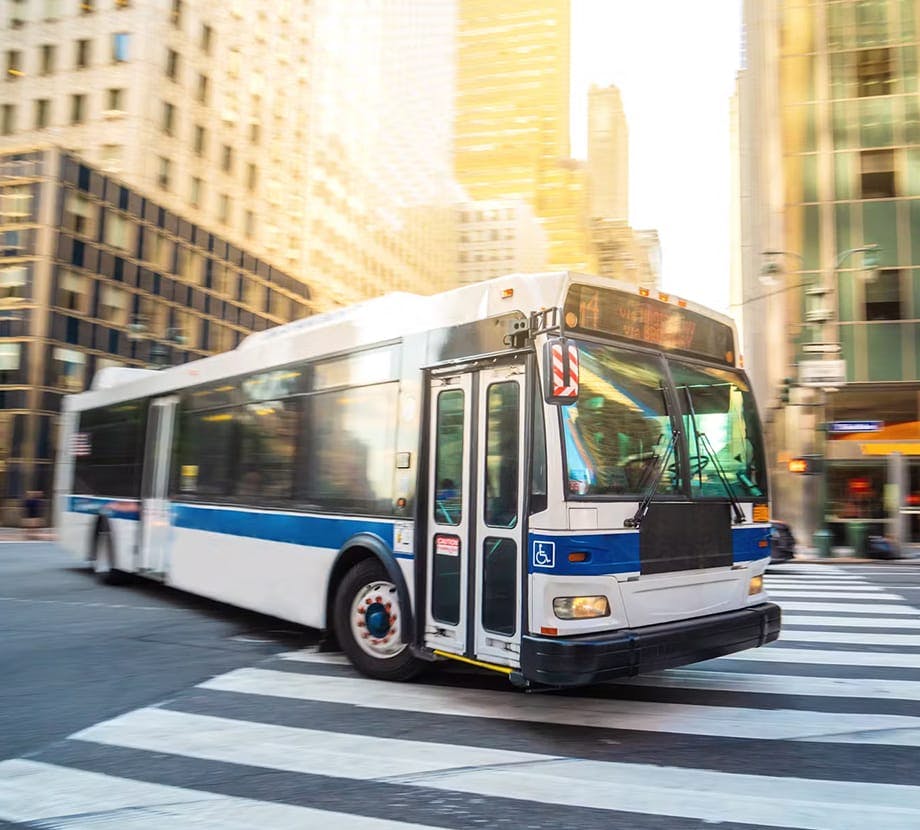What Type of Damages Can I Recover?
You may be able to claim the following damages for your injuries:
- All medical-related costs, including hospital bills, doctor visits, medication, physical therapy, and any future medical care related to the injury.
- Compensation for the income you lost due to your inability to work while recovering. If the injury affects your ability to work in the future, that will count too.
- Compensation for physical pain, emotional suffering, ongoing discomfort, anxiety, stress, and other psychological impacts.
- Loss of enjoyment of life if the injuries prevent you from engaging in activities you once enjoyed or affect your quality of life.
- Compensation for any lasting physical disability or disfigurement caused by the accident.
- The cost of repair or replacement of your personal property (like a car, if you were driving, or personal belongings) if damaged.
- Wrongful death, funeral expenses, loss of financial support, and loss of companionship.







